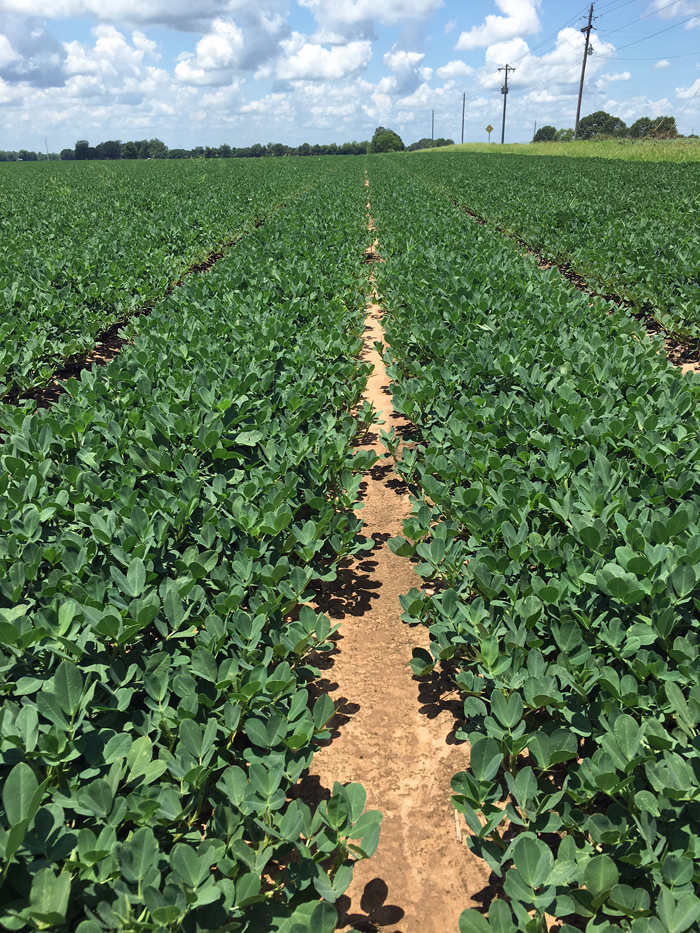Mid July is the time of year where, for most of us, we are at the mid-point in our peanut production season. The peanut plants, if not already lapped, are at a point where the canopy traps humidity and extends leaf wetness periods near the crown of the plant. Barriers are formed blocking movement of fungicide to the crown.
Our high humidity, extended leaf wetness and barriers to fungicide deposition all add to conditions that favor the development and spread of important diseases.
Producers are well into the execution of their planned fungicide management programs.
Several new fungicide products have become available in the last couple of years that are valuable tools in the fight against fungicide diseases.
Retired peanut specialist, Jay Chapin, developed a fact sheet a few years ago to allow producers a quick overview of the characteristics of the peanut products available for use. The following table is an updated version of this fact sheet based on discussions with Dr. Bob Kemerait, UGA Extension Plant Pathologist. The objective of this fact sheet is to provide growers a quick reference of fungicides for the management of peanut diseases. Use only as a guide and, as always, follow label instructions.
A Guide to Peanut Fungicides
John Atkins UF/IFAS Extension Agent

Source: Retired Peanut Specialist, Jay Chapin (A Guide to Peanut Fungicides) – updated based on discussions with Dr. Bob Kemerait, UGA Extension Plant Pathologist
- 54th Annual Santa Rosa County Farm Tour Goes Virtual - December 11, 2020
- Video Tour of the 2020 Santa Rosa County Peanut Variety Trial - October 9, 2020
- Giant Salvinia – A Highly Invasive Aquatic Plant You Don’t Want Growing in Your Pond - May 29, 2020

